Ohio power plant to install fish diversion devices
1
Bay Shore Power Plant, Oregon, Ohio.
For many fish, about 60 million annually, drifting too close to FirstEnergy’s Bay Shore coal power plant in Oregon, Ohio inevitably leads to a swift and turbulent death.
The power plant’s water intake cooling system sucks in enormous amounts of water, and aquatic life. If the fish and eggs are not battered to death against intake screens, they are drawn into the plant, in which operating temperatures are several hundred degrees, and hardly any fish survive.
The Toledo Blade reports that the devastation to underwater life generated by this plant is considered the worst in the Great Lakes region, even though it is only a midsized facility. Furthermore, the Ohio EPA said last year that the plant probably “impinges and entrains more fish than all of the other power plants in Ohio combined,” according to The Blade.
The article notes, however, that starting Monday the plant will begin a pilot project that involves installing reverse louvers, “devices that resemble upside-down shutters,” in the water intake channel. These devices will ideally divert aquatic species around the plant, sparing them from the powerful water intake suction.
The Ohio EPA is requiring the plant to begin this project in order to achieve a statewide 80 percent reduction of fish kills from impingement, which is fish dying from pounding against intake screens, and a 60 percent reduction in entrainment, when fish and eggs are small enough to slip through the screens and are likely killed inside. The Ohio EPA is acting in response to a federal mandate that arose from a court case won by environmental groups that argued wasn’t protecting fish enough using the powers afforded by the Clean Water Act.
To read more, see The Blade’s coverage…
FirstEnergy to install devices to divert fish [The Toledo Blade] Image Credit: http://outdoors.webshots.com/photo/1145415175034549570VMpBPd





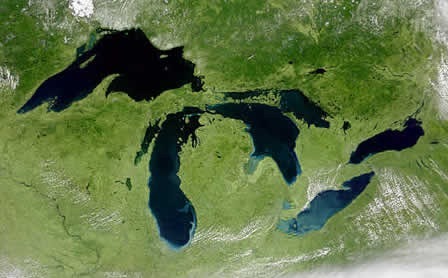
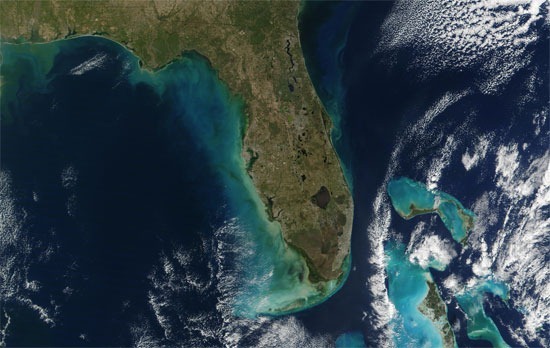
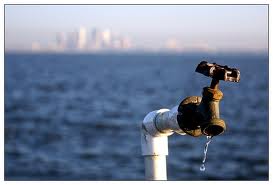

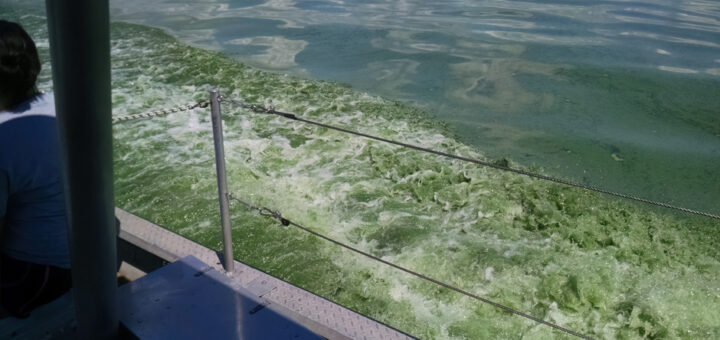

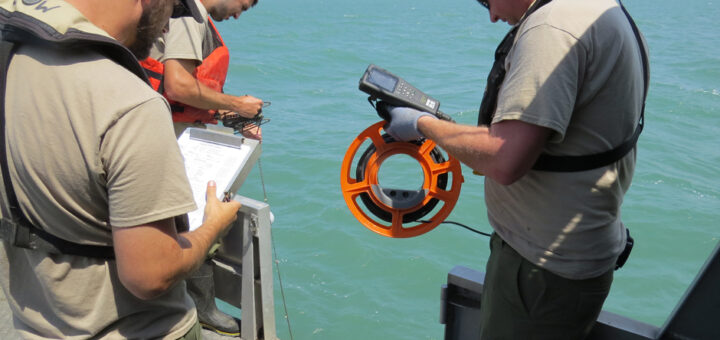
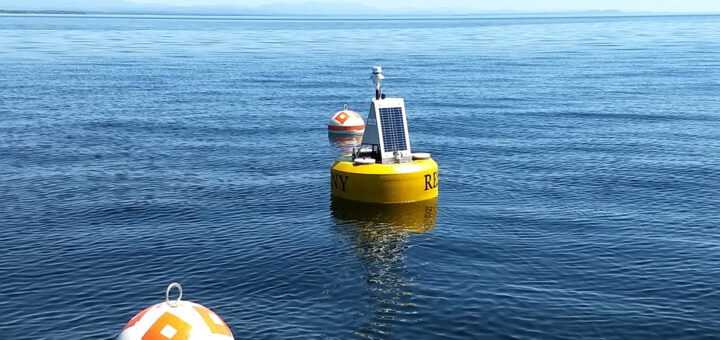

[…] previously reported, the plant kills about 60 million fish annually when powerful suction systems draw water from Maumee Bay for the power generator’s cooling […]